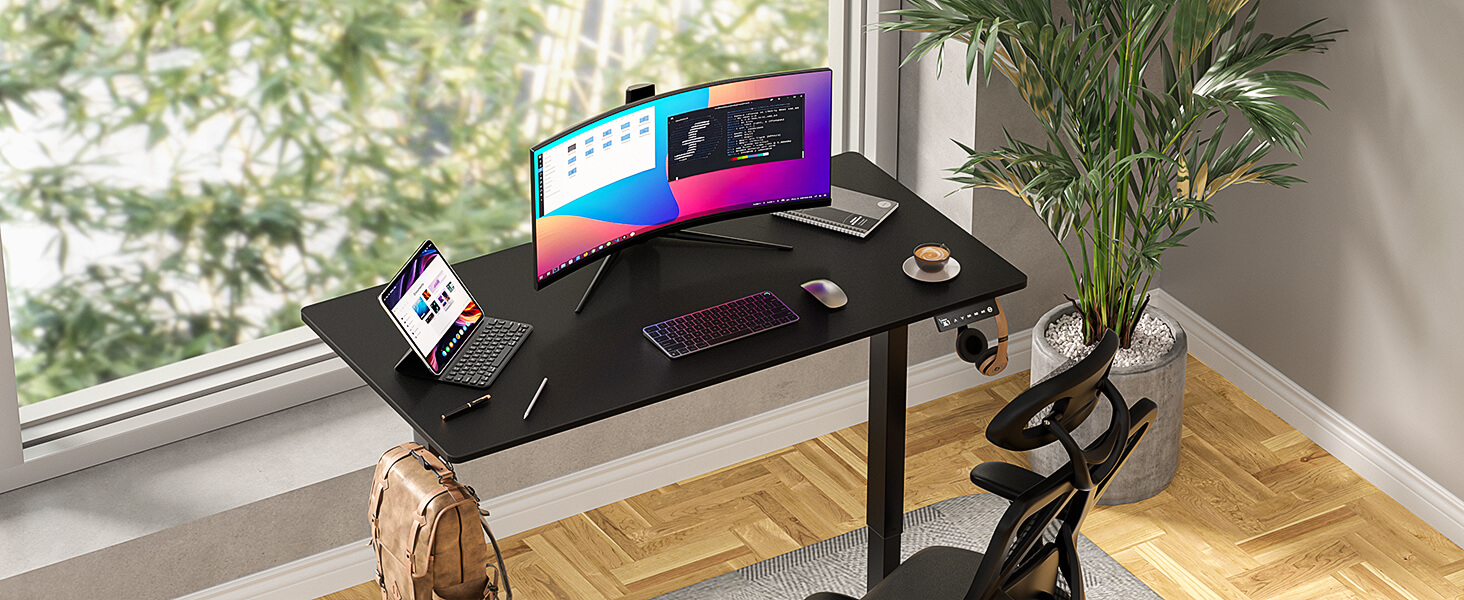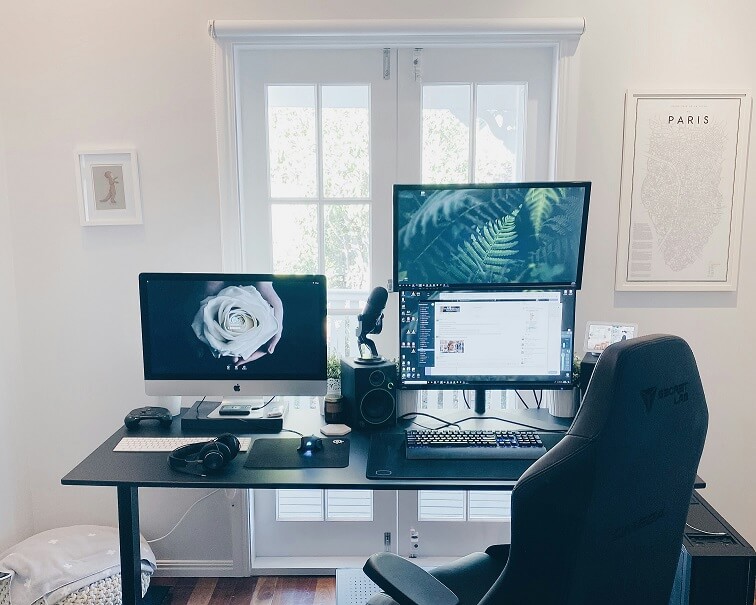Over the past few years, schools have started adopting new trends to improve student health and learning. One of the most notable changes is the introduction of sit to stand desks. These adjustable desks, which allow students to switch between sitting and standing, are gaining popularity in classrooms. But why are they becoming so common in schools?
In this article, we’ll explore the reasons behind the rise of sit to stand desks and how they are transforming the classroom experience.
The Need for Change in Education
For decades, the classroom layout hasn’t changed much. Desks and chairs have been the standard. However, with growing concerns about student health and well-being, schools are beginning to rethink how they use classroom furniture. The focus is shifting toward creating environments that support both physical and mental health.
Sit to stand desks are part of this change. They offer students a chance to move, improve their posture, and engage with their lessons in a more dynamic way.

Health Benefits of Sit to Stand Desks
One of the main reasons schools are adopting sit to stand desks is to promote better health. Sitting for long periods is linked to several health issues, including poor posture, back pain, and fatigue. Kids who spend hours sitting at their desks are at risk for developing these problems.
By allowing students to switch between sitting and standing, these desks reduce the strain that sitting all day puts on the body. Standing helps improve circulation, reduce back pain, and prevent sluggishness. It also promotes better posture and can even improve energy levels.
Moreover, standing for part of the day has other health benefits. Research shows that standing can boost metabolism and reduce the risk of obesity. In a time when childhood obesity is a growing concern, sit to stand desks provide a simple yet effective way to address this issue.
Improved Focus and Learning
Another reason for the rise of sit to stand desks is their positive impact on focus and learning. Standing desks have been shown to improve concentration, memory retention, and mental clarity. The physical movement of switching positions helps keep students engaged and alert.
Sitting for long periods can make students restless and distracted. When students are given the option to stand, they tend to feel more energized and focused. Standing desks allow students to stretch, change positions, and move, all of which help them stay engaged with their lessons.
Studies have shown that students who use sit to stand desks are more likely to stay focused and retain information. The flexibility to stand when needed helps improve both cognitive function and overall classroom performance.
Supporting Active Learning
Today’s classrooms focus on active learning. This approach encourages students to engage directly with the material through collaboration, problem-solving, and hands-on activities. Sit to stand desks are perfect for supporting this style of learning. They allow students to quickly switch between sitting and standing, making it easier to participate in different activities throughout the day.
For example, students can stand during group work or while brainstorming ideas. They can easily adjust their desks to fit the activity, whether it’s writing, reading, or discussing with classmates. This flexibility encourages participation and fosters a more interactive classroom environment.
Better Engagement in the Classroom
Classroom engagement is key to academic success. When students are engaged, they’re more likely to absorb and retain information. Unfortunately, keeping students engaged for long periods can be challenging. Sitting in one position for hours can lead to boredom and distractions.
Sit to stand desks can help solve this problem. By allowing students to switch between sitting and standing, these desks reduce discomfort and keep students more engaged. Students are less likely to fidget or zone out when they have the option to stand and move.
This added flexibility helps maintain a positive classroom atmosphere. Students are less likely to become restless, and teachers can focus on teaching instead of managing distractions.

Teachers Benefit Too
The benefits of sit to stand desks extend beyond students. Teachers also benefit from the improved classroom dynamics. When students are more focused and engaged, the teaching process becomes more efficient. Teachers can spend less time managing disruptions and more time facilitating learning.
In addition, sit to stand desks support different learning styles. Some students may prefer standing for certain activities, while others may prefer sitting. With adjustable desks, teachers can accommodate a variety of preferences and ensure that every student is comfortable and engaged.
Long-Term Impact on Students
The rise of sit to stand desks in schools isn’t just a passing trend. These desks offer long-term benefits for students. By encouraging students to switch between sitting and standing, schools are promoting healthier habits that can last into adulthood. Students who learn how to manage their physical well-being while working are more likely to continue these practices later in life.
In addition, sit to stand desks help create a more inclusive learning environment. Students who struggle with sitting for long periods or who have special needs can benefit from the flexibility these desks provide. The ability to move and change positions supports a diverse range of learning preferences and physical requirements.
Conclusion
The growing popularity of sit to stand desks in schools is a response to the changing needs of modern education. As schools prioritize student health and engagement, adjustable desks are becoming an essential part of the classroom. They help improve posture, boost focus, and support active learning, all of which contribute to a more dynamic and productive learning environment.
By introducing sit to stand desks, schools are not only addressing immediate health concerns but also promoting long-term academic success. These desks represent a shift toward healthier, more engaging classrooms that help students thrive.
